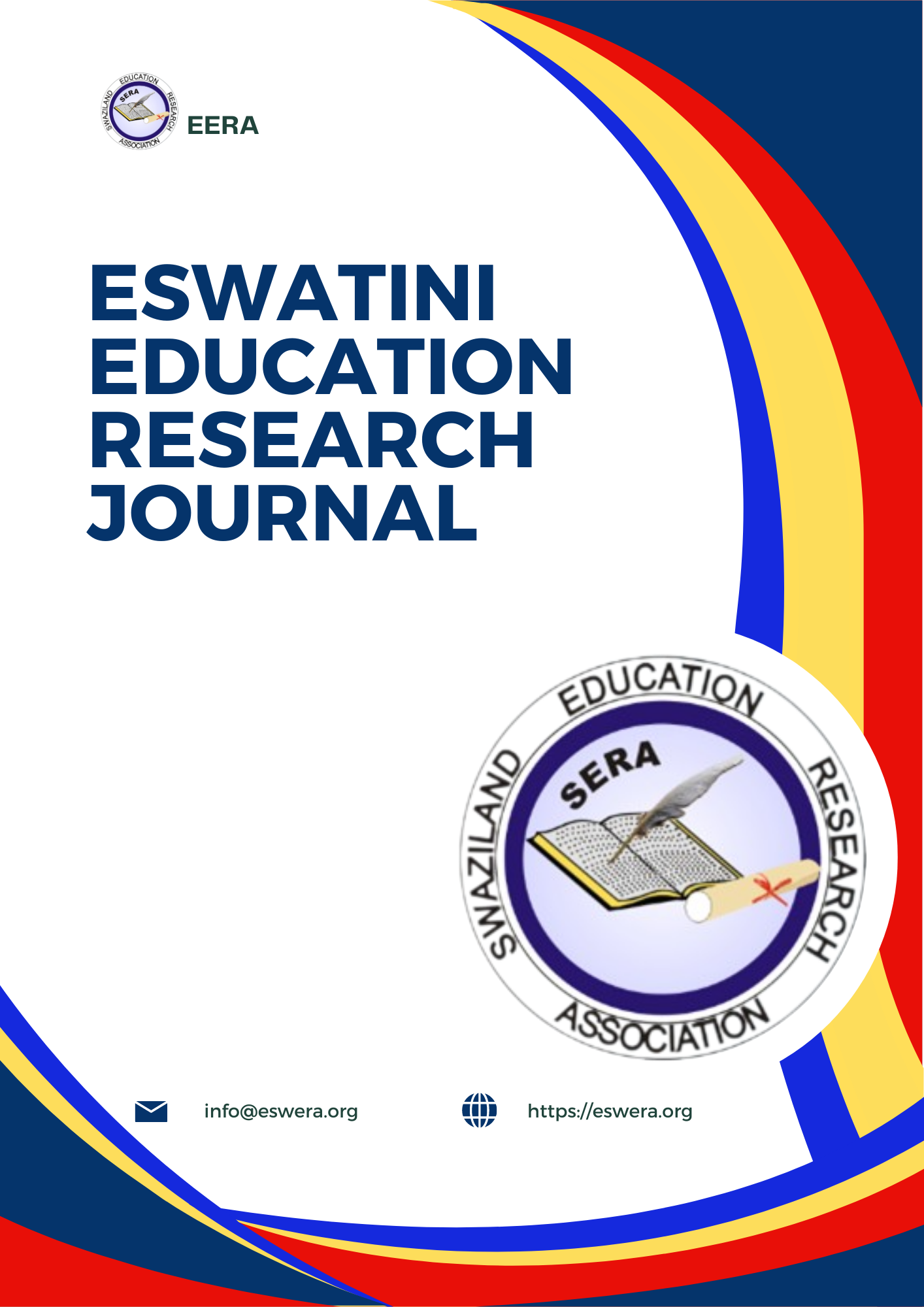Technical and Vocational Education and Training (TVET): Driving Youth Skills to Narrow the Economic Divide in Eswatini
Keywords:
Economic growth, skills gap, youthAbstract
The study explores the role of Technical and Vocational Education and Training (TVET) in addressing youth unemployment and economic disparity in Eswatini. TVET, established in 1999 under a 1989 UNESCO mandate, aimed to foster skills development and economic growth in developing countries. However, challenges such as poor global market performance and the COVID-19 pandemic have worsened Eswatini's economic situation, marked by declining government revenues and rising unemployment, crime, and social unrest. In response, the research examines how TVET can help bridge the economic divide among Eswatini’s youth. A quantitative approach was used, employing a descriptive survey design. Data were gathered from lecturers across five TVET institutions using a validated questionnaire, with a strong reliability score (Cronbach’s Alpha of 0.80). Analysis involved mean, standard deviation, and t-tests. Findings indicate that TVETs have significant potential to contribute to community development by equipping young people with practical skills for better employment prospects. The study recommends stronger partnerships between government and private sectors to enhance the effectiveness of TVETs. It also advocates for meaningful internship experiences and efforts to make TVET programs more appealing to young people. These steps could maximize the economic benefits of TVET initiatives and help address the socio-economic challenges faced by Eswatini’s youth.
Downloads
Published
Issue
Section
License
Copyright (c) 2025 Mamba, Caiphus Abasalom Fanny , Vincent Chidindu Asogwa, Mlondi Makhosi Mkhonta

This work is licensed under a Creative Commons Attribution-NonCommercial-ShareAlike 4.0 International License.
The Creative Commons Attribution-NonCommercial-ShareAlike 4.0 International (CC BY-NC-SA 4.0) license terms are as follows:
License Overview: This license allows you to share and adapt the material for non-commercial purposes only, as long as you give credit to the original author and license your new creations under the identical terms.
Key Terms:
Attribution: You must give credit to the original author, provide a link to the licence, and indicate if changes were made.
NonCommercial: You may not use the material for commercial purposes.
ShareAlike: If you remix, transform, or build upon the material, you must distribute your contributions under the same licence as the original.
Permissions:
- Reproduce and share the licensed material in whole or in part for non-commercial purposes.
- Produce, reproduce, and share adapted material for non-commercial purposes only.
- Exceptions and Limitations: Where exceptions and limitations apply to your use, this licence does not apply, and you do not need to comply with its terms and conditions.
Term: The term of this licence is specified in Section 6(a) of the licence agreement.


